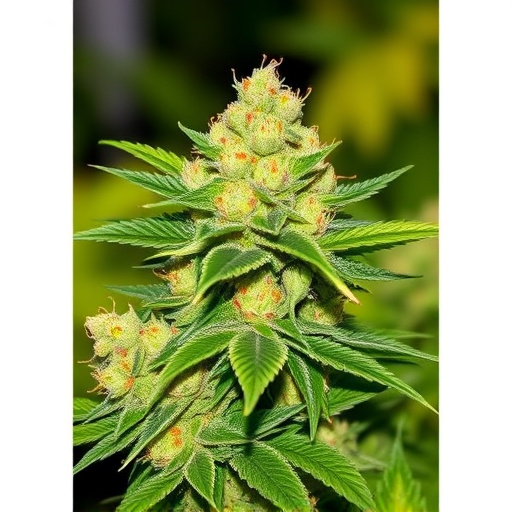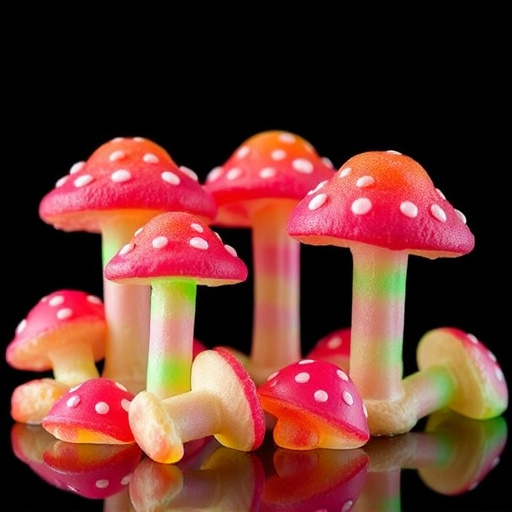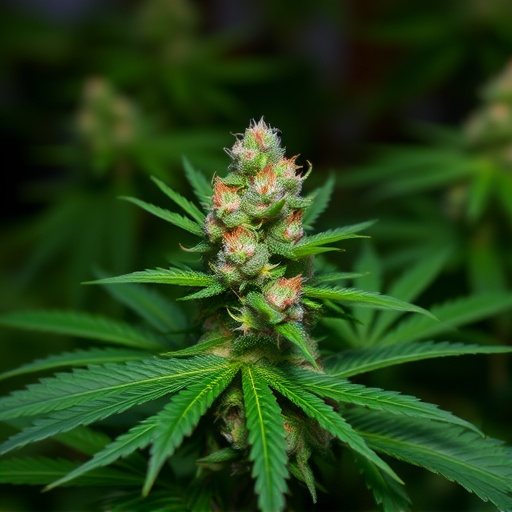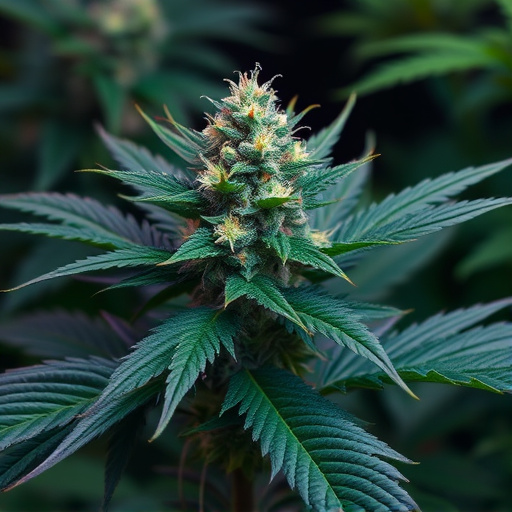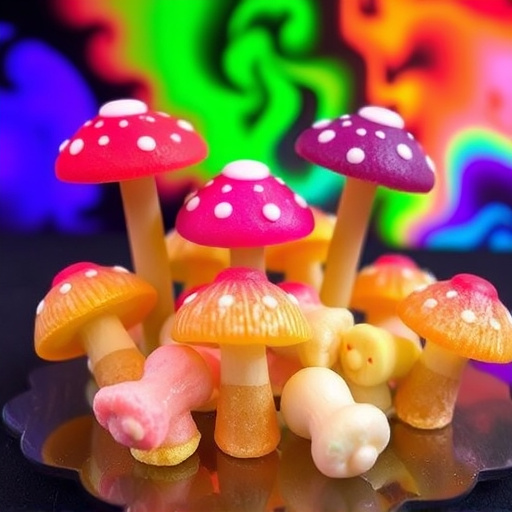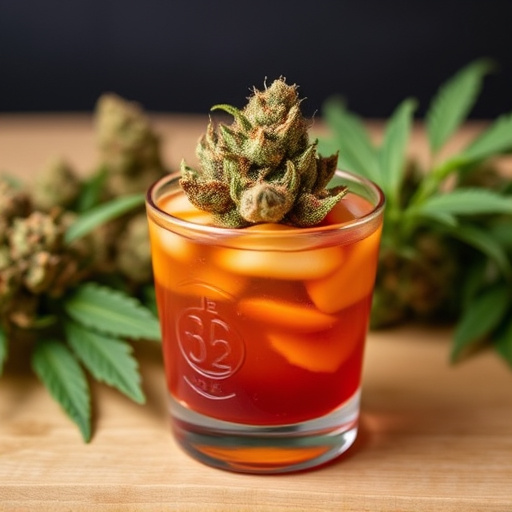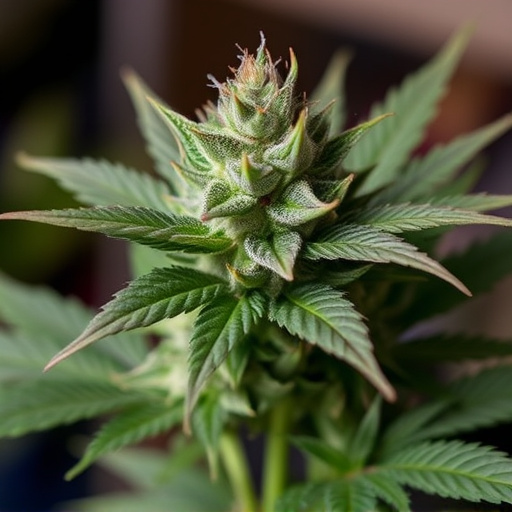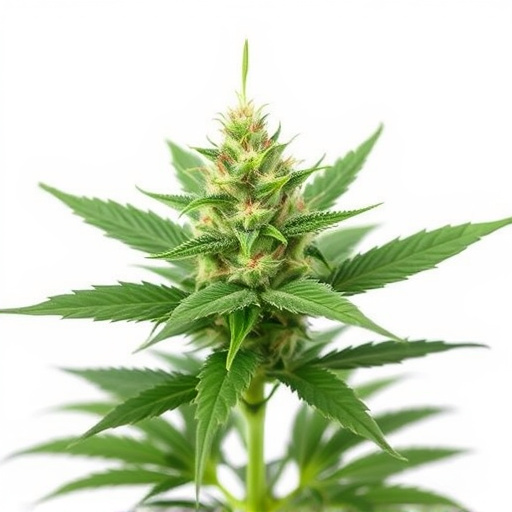Drug testing for cannabis has evolved from urine tests to more advanced analysis of blood and saliva, primarily detecting THC (the psychoactive compound) which can be identified in urine for up to 30 days post-consumption. Despite the popularity of 'best tasting cannabis strains', these flavors do not affect test results as detection methods target specific chemical markers. Cannabis metabolism varies, with THC's half-life ranging from 17 to 34 hours, while CBD is generally detected at lower concentrations and for shorter periods. Choosing discreet strains like Indica varieties ("Blue Dream", "Granddaddy Purple") or subtle Sativa strains ("Orange Cream", "Lemon Haze") can help avoid detection.
“Unveiling the mysteries of weed’s presence in drug tests is crucial for those seeking to navigate this complex landscape. This article guides you through the intricate web, starting with an understanding of diverse drug testing methods. We delve into the science behind cannabis metabolism and its impact on test results. Moreover, we explore the realm of discreet consumption, highlighting the best tasting cannabis strains known for their subtlety. By the end, you’ll be equipped to make informed choices.”
- Understanding Drug Testing Methods
- The Metabolism of Cannabis and Its Detection in the Body
- Exploring Best Tasting Cannabis Strains for Discreet Consumption
Understanding Drug Testing Methods
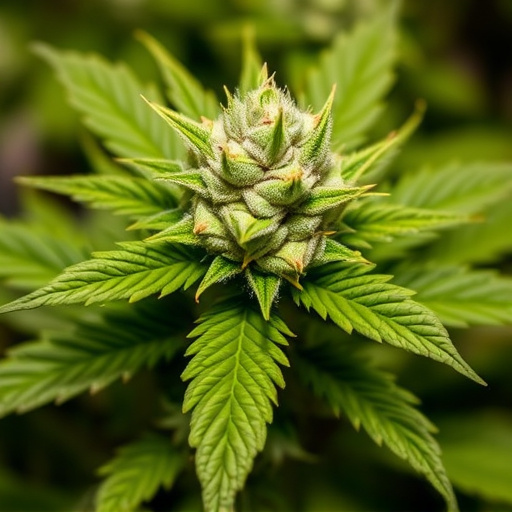
Drug testing methods have evolved significantly, from simple urine tests to more advanced techniques like blood and saliva analysis. When it comes to detecting weed or cannabis use, these tests primarily look for the presence of THC (tetrahydrocannabinol), the compound responsible for most of cannabis’ psychoactive effects. The most common method is the urinalysis test, where THC can be detected for up to 30 days after consumption, depending on the frequency and amount used.
In recent years, there’s been a growing interest in what are often called “best tasting cannabis strains,” as the flavor and aroma of cannabis have become important factors beyond just its potency. However, it’s crucial to understand that the taste of cannabis doesn’t impact how it shows up in drug tests. The detection methods are focused on identifying specific chemical markers, not the sensory experience. This means that even high-quality, flavorful strains can still leave detectable traces in a drug test if used recently.
The Metabolism of Cannabis and Its Detection in the Body
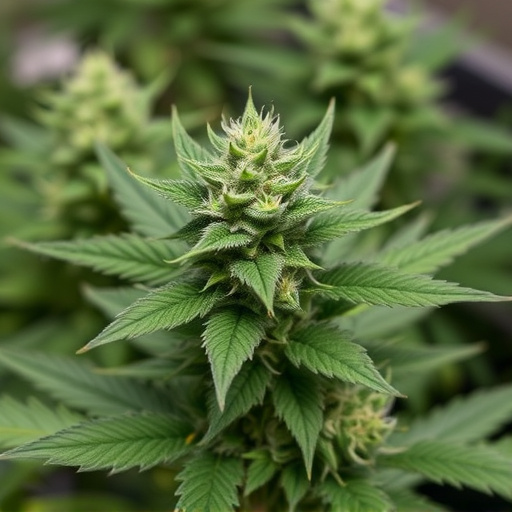
Cannabis, or marijuana, is a complex plant that has sparked interest and controversy for decades. When consumed, whether through smoking, vaping, or edibles, cannabis undergoes metabolism within the human body. Its primary active compounds, THC (tetrahydrocannabinol) and CBD (cannabidiol), are absorbed into the bloodstream, where they can be detected for varying periods. This is where understanding the metabolism becomes crucial in navigating drug testing.
The half-life of THC, the compound responsible for marijuana’s psychoactive effects, plays a significant role in its detection. Studies suggest that THC’s half-life can range from 17 to 34 hours, depending on various factors such as frequency of use and individual metabolism. This means that even after consumption of what are considered best tasting cannabis strains, traces of THC can remain detectable for several days or even weeks, particularly in individuals with lower tolerance levels. CBD, while not psychoactive, also has a metabolic footprint and can be detected in drug tests, although generally at lower concentrations and for shorter periods than THC.
Exploring Best Tasting Cannabis Strains for Discreet Consumption
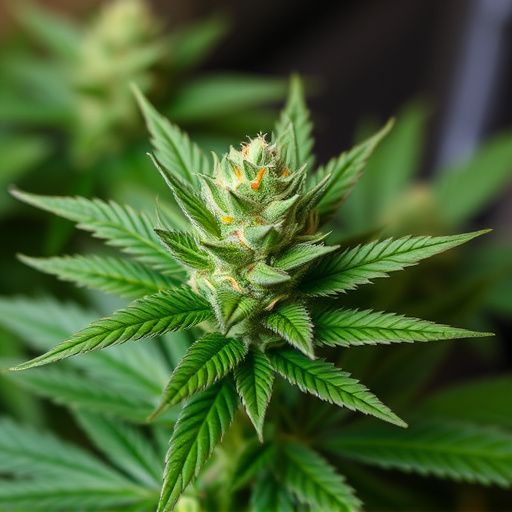
When it comes to discreet consumption, choosing the right cannabis strain is key. Among the best tasting cannabis strains, Indica varieties often top the list for their calming effects and smooth, earthy flavors. “Blue Dream” is a popular choice due to its sweet, fruity notes and relaxing properties, making it ideal for evening use. Another highly regarded strain, “Granddaddy Purple,” offers a rich, purple bud with hints of lavender and berries, providing both a pleasant taste and a serene high.
For those seeking a more subtle approach, Sativa strains are known for their uplifting effects and lighter, citrusy or floral profiles. “Orange Cream” stands out with its unique orange flavor and energizing effects, perfect for afternoon relaxation without causing drowsiness. “Lemon Haze” is another discreet option, boasting a bright, lemon aroma and a clear high that enhances creativity and focus without clouding judgment. Exploring these best tasting cannabis strains ensures a more enjoyable and subtle experience while avoiding unwanted attention.
Weed’s presence in drug tests is a complex issue, largely dependent on the testing method and the body’s unique metabolism. While traditional methods can detect cannabis for up to 30 days after consumption, advanced techniques offer more accurate, albeit longer, windows of detection. To maintain discreteness, choosing the best tasting cannabis strains that are low in THC and high in CBD can be a strategic approach. These subtle yet potent varieties not only provide a pleasant experience but also reduce the likelihood of positive test results.

